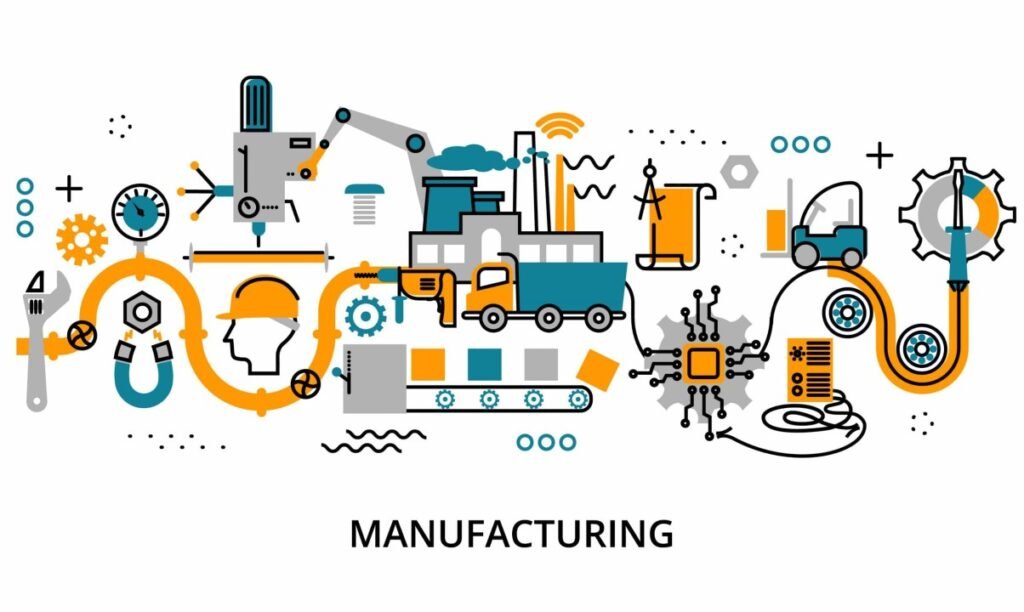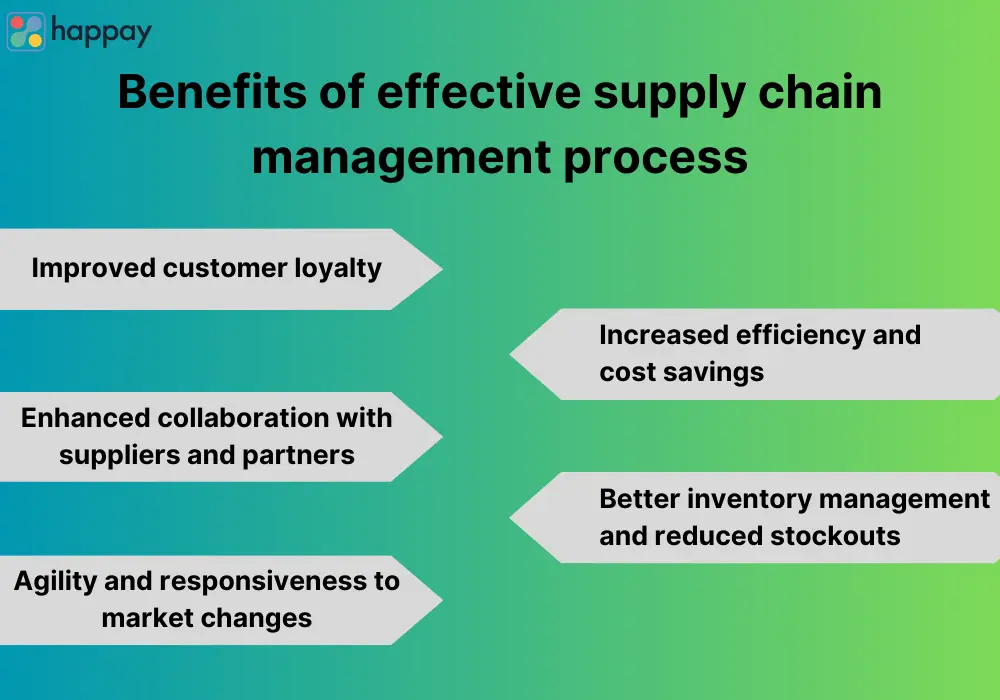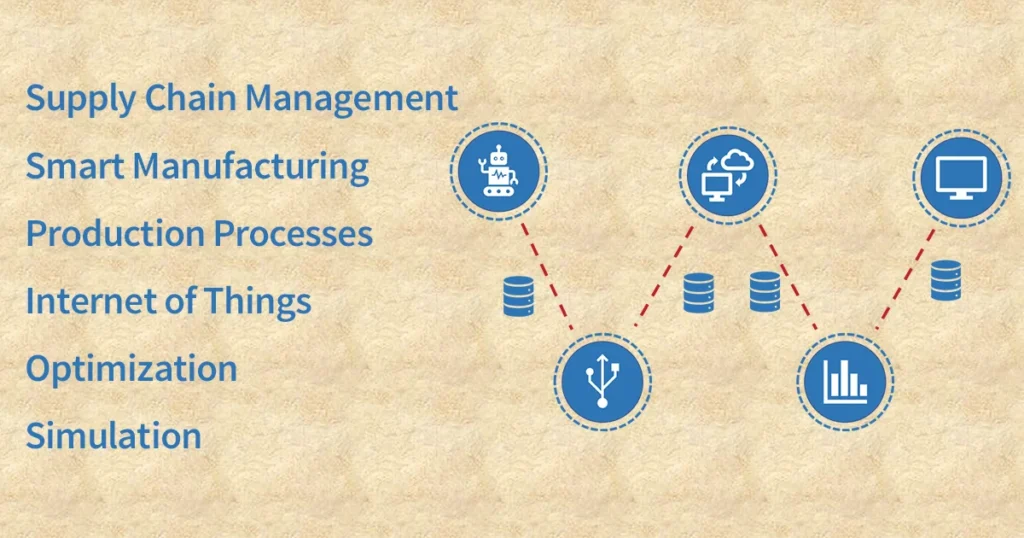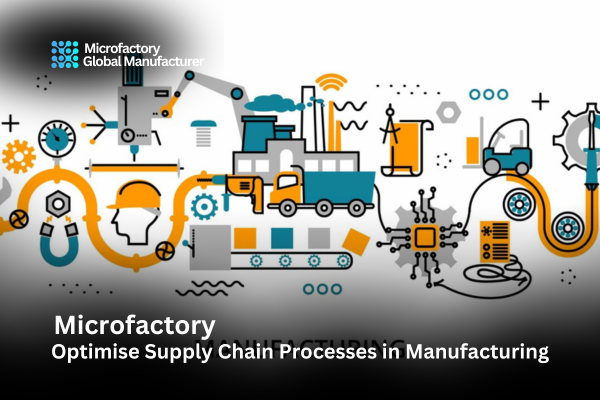Optimise supply chain processes in manufacturing isn’t just about trimming the fat; it’s about revolutionizing the way you handle production, distribution, and everything in between. In today’s fast-paced market, a lean and agile supply chain is key to staying competitive. This article will guide you through the essential steps and strategies to enhance your supply chain, with a particular focus on the emerging trend of microfactory.
Understanding Supply Chain Processes
Key Components of a Supply Chain
To optimize Supply Chain Processes your supply chain, you first need to understand its fundamental components. A typical supply chain includes:
- Suppliers who provide raw materials.
- Manufacturers who produce goods.
- Distributors who deliver products to retailers.
- Retailers who sell the products to consumers.
- Customers who ultimately use the products.
Each link in this chain needs to work seamlessly to ensure efficiency and customer satisfaction.
Importance of Optimization
Why should you care about optimizing your supply chain? Simply put, efficiency translates to cost savings and better service. An optimized supply chain reduces waste, enhances productivity, and improves your bottom line. It also allows you to respond more swiftly to market demands and changes.
Challenges in Supply Chain Management
Common Bottlenecks
Supply chains can be complex, and several common bottlenecks can slow things down:
- Logistical delays due to transportation issues.
- Supply shortages caused by unpredictable demand.
- Production halts due to equipment failures.
Identifying these bottlenecks is the first step toward overcoming them.
Impact of Inefficiencies
Inefficiencies in your Supply Chain Processes it supply chain can lead to increased costs and decreased customer satisfaction. Think of it like a leaking faucet: the more it leaks, the more water (or money) you lose. Inefficient processes can also lead to delays, which can be costly and damage your reputation.
Strategies for Optimizing Supply Chain Processes
Lean Manufacturing
One of the most effective strategies for supply chain optimization is lean manufacturing. This approach focuses on reducing waste and improving processes. By streamlining operations and eliminating unnecessary steps, you can make your supply chain more efficient.
Technology Integration
Incorporating technology into your supply chain can lead to significant improvements. Here’s how:
Role of Automation
Automation can dramatically enhance efficiency by reducing manual labor and minimizing errors. Automated systems can handle repetitive tasks, manage inventory, and track shipments more accurately than human workers.
Data Analytics and Forecasting
Leveraging data analytics allows you to forecast demand more accurately and make informed decisions. By analyzing historical data, you can predict trends and adjust your supply chain strategies accordingly.
Supply Chain Processes Relationship Management
Strong relationships with your suppliers are crucial. Good communication and collaboration can help you negotiate better terms, ensure timely deliveries, and address issues before they escalate.
Inventory Management
Effective inventory management is another key aspect of optimization. You need to balance having enough stock to meet demand without overstocking.
Just-in-Time vs. Just-in-Case
Just-in-time (JIT) inventory aims to reduce stock levels by receiving goods only as they are needed. On the other hand, just-in-case (JIC) inventory involves keeping a larger stockpile to cushion against supply chain disruptions. Each approach has its pros and cons, and the best choice depends on your specific needs.
Optimise Supply Chain Processes



The Role of Microfactory in Supply Chain Optimization
What is a Microfactory?
A it microfactory is a small-scale manufacturing facility that produces goods in a more localized and flexible manner compared to traditional factories. These facilities are designed to be agile, efficient, and capable of quick reconfigurations to meet changing demands.
Benefits of Microfactory
Flexibility and Responsiveness
Microfactory can adapt quickly to market changes and production needs. This flexibility helps in responding rapidly to customer demands and trends, which is crucial in today’s fast-moving markets.
Reducing Lead Times
it being closer to the end consumer and using advanced manufacturing techniques, microfactories can significantly reduce lead times. This means products can be delivered faster, enhancing customer satisfaction and reducing inventory coasts.
Implementing Microfactory in Your Supply Chain
Integrating microfactories into your supply chain involves several steps:
- Assessing Your Needs: Determine which products or components could benefit from localized production.
- Selecting the Right Technology: Invest in technology that supports agile manufacturing and quick reconfiguration.
- Building Partnerships: Collaborate with local suppliers and stakeholders to create an efficient microfactory ecosystem.
Case Studies
Successful Implementations
Several companies have successfully integrated microfactory into their supply chains. For example, a major apparel brand implemented microfactory to produce custom garments on demand, significantly reducing lead times and excess inventory.
Lessons Learned
These case studies highlight the importance of planning and flexibility. Successful implementation of microfactories requires a clear strategy, the right technology, and strong partnerships.
Conclusion
Optimizing supply chain processes is a continuous journey that involves understanding your supply chain, addressing challenges, and implementing effective strategies. Embracing new trends like microfactory can provide significant advantages, such as increased flexibility and reduced lead times. By staying proactive and innovative, you can keep your supply chain running smoothly and effectively.
FAQs
- What is the main goal of optimizing a supply chain?
- The main goal is to enhance efficiency, reduce costs, and improve customer satisfaction by streamlining processes and eliminating waste.
- How does automation benefit supply chain management?
- Automation improves accuracy, reduces manual labor, and speeds up processes, leading to greater efficiency and fewer errors.
- What are the advantages of microfactories over traditional manufacturing?
- Microfactory offer greater flexibility, faster response times, and the ability to quickly adapt to market changes.
- How can data analytics improve supply chain processes?
- Data analytics allows for better forecasting, trend analysis, and decision-making, which helps in optimizing inventory and reducing costs.
- What are the differences between Just-in-Time and Just-in-Case inventory management?
- Just-in-Time aims to minimize inventory by receiving goods only as needed, while Just-in-Case keeps larger inventories to buffer against disruptions. The choice depends on your specific needs and risk tolerance.


